Spring is the season of new life. The bush is green and lush, and bursting with new leaves, and there is plentiful water in pans and waterholes across the reserve. From impala lambs and blue wildebeest calves, to lion and hyena cubs, there is an abundance of new life which is a joy to witness.
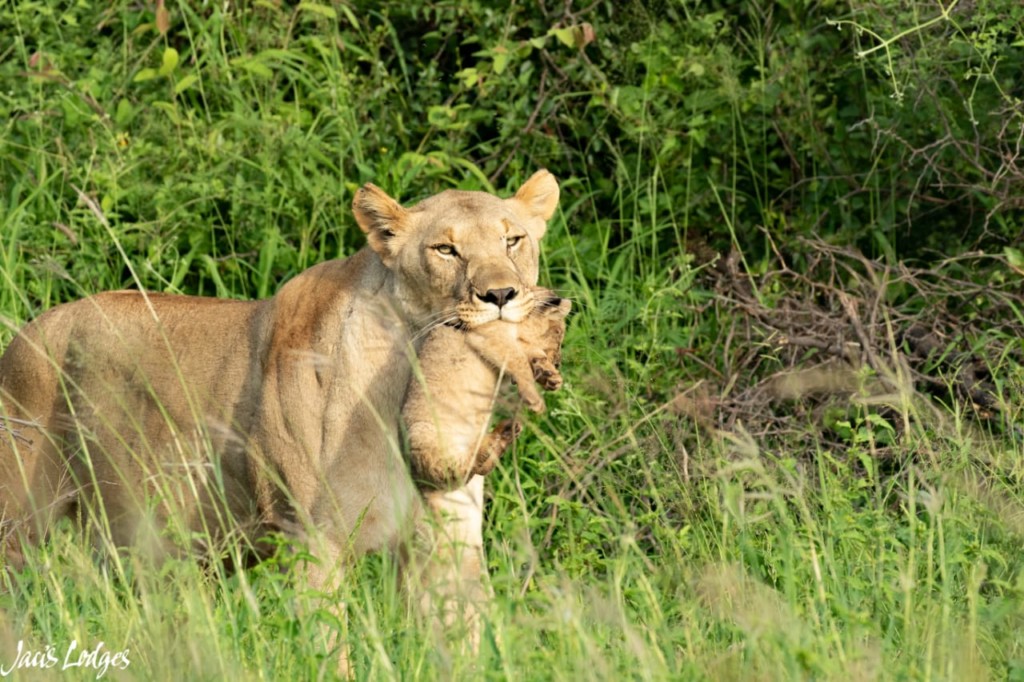
Image by Damien Fourie
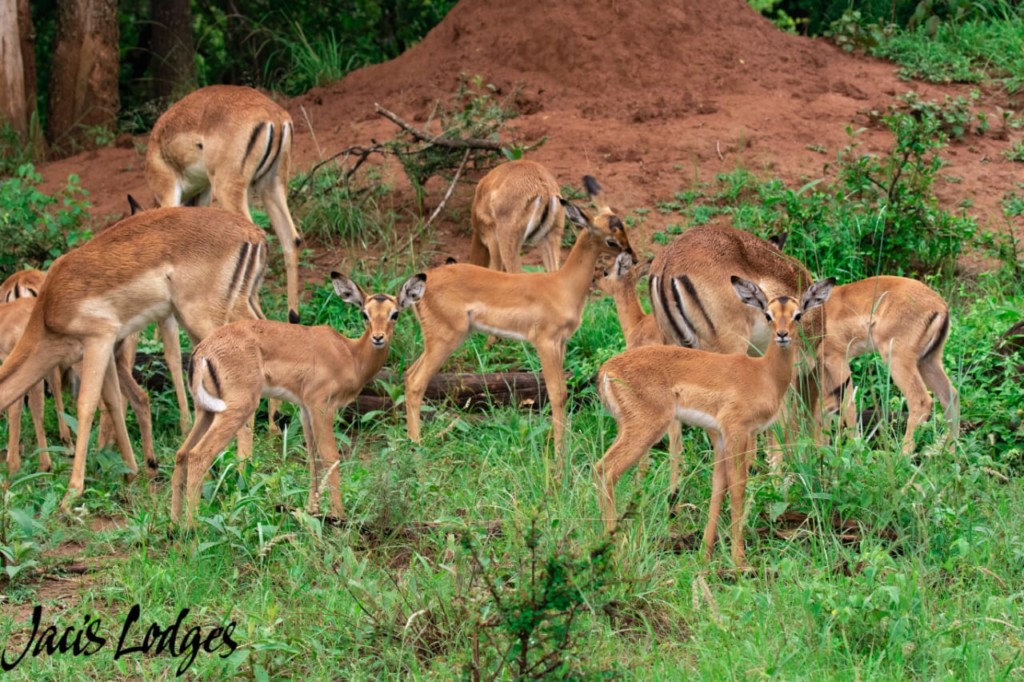
Image by Damien Fourie
The abundance of plains game youngsters, means a feast for predators. Prey species thus have a few different ways to try to survive.
Rutting season, when impalas mate, is usually in Autumn, though varies based on when the previous rainy season ended. With a gestation period of six and a half month, this means that they give birth once the first rains have fallen. The birth of their young therefore coincides with beautiful, lush vegetation, with a high nutrient value. The long grass is also perfect for hiding the young antelope.
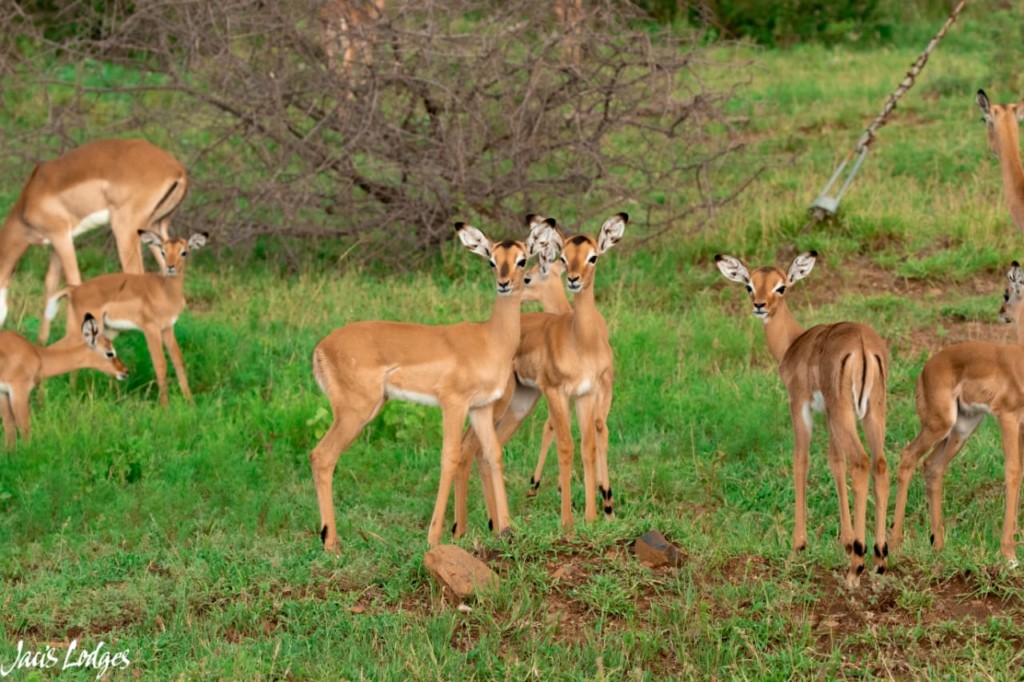
Image by Damien Fourie
Zebras foals are born with disproportionately long legs, and therefor don’t appear shorter than the rest of the herd, making them less vulnerable to predation.
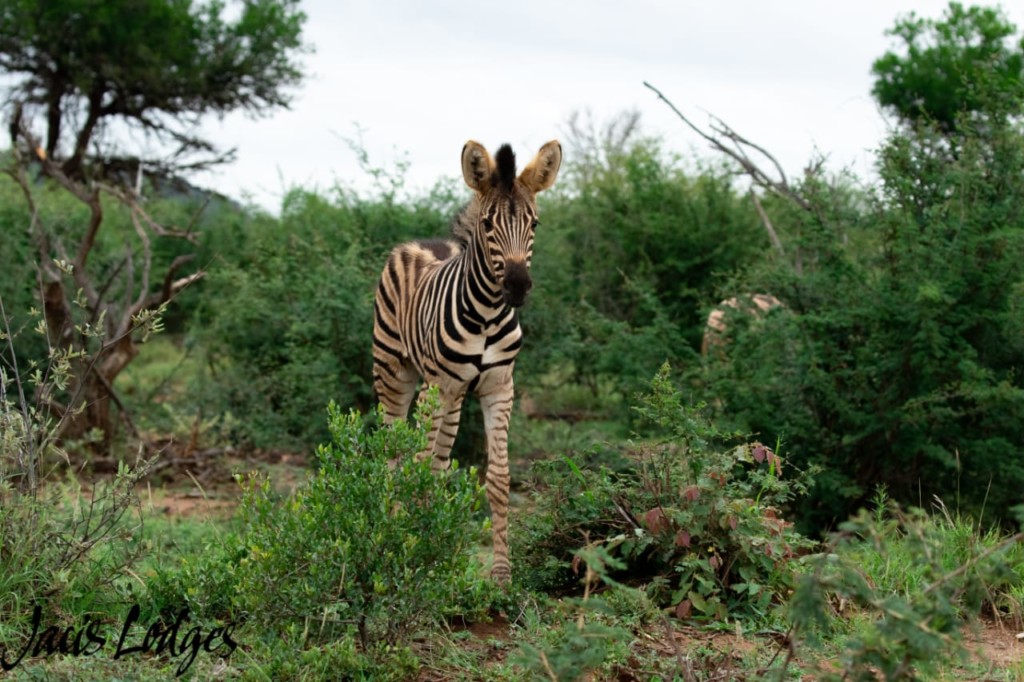
Image by Damien Fourie
When Blue Wildebeest give birth, the calves are a light golden-brown color. This allows them to remain hidden in bushes and long grass.
After giving birth, antelope will lick their young in order to keep them clean and odourless, increasing their chance of survival. The smells of blood, faeces and afterbirth would likely be a huge attraction for predators, something they want to avoid!

Image by Damien Fourie
Lions will hide their offspring at a den site for up to about 6 weeks. The mother will then bring her cubs out to slowly introduce them to the rest of the pride, where they would begin to learn how to hunt, , play, eat meat and communicate within the safety of the rest of the pack.
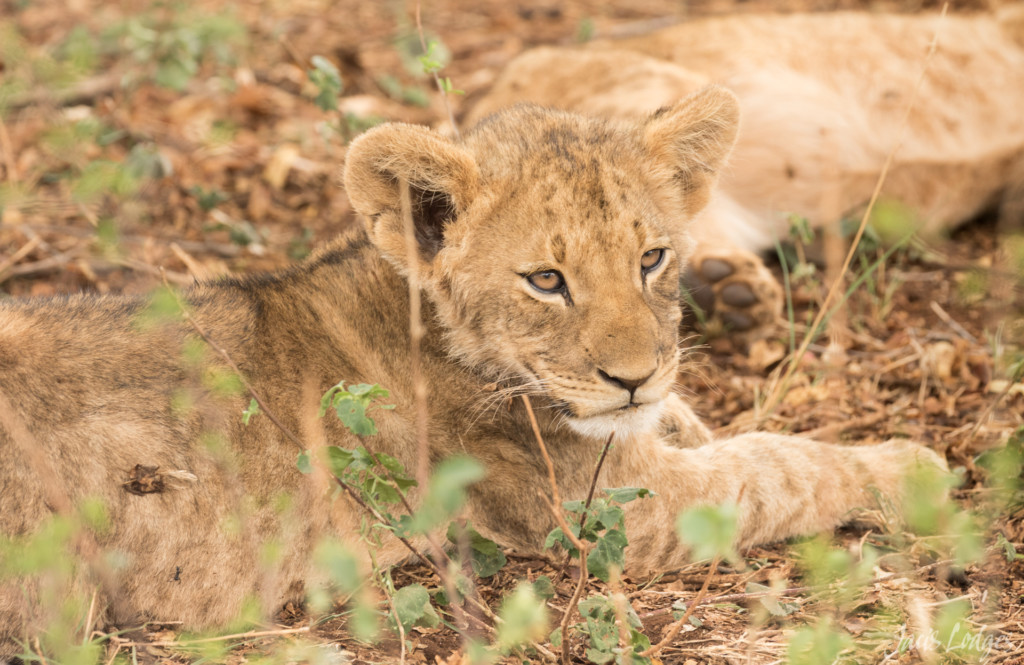
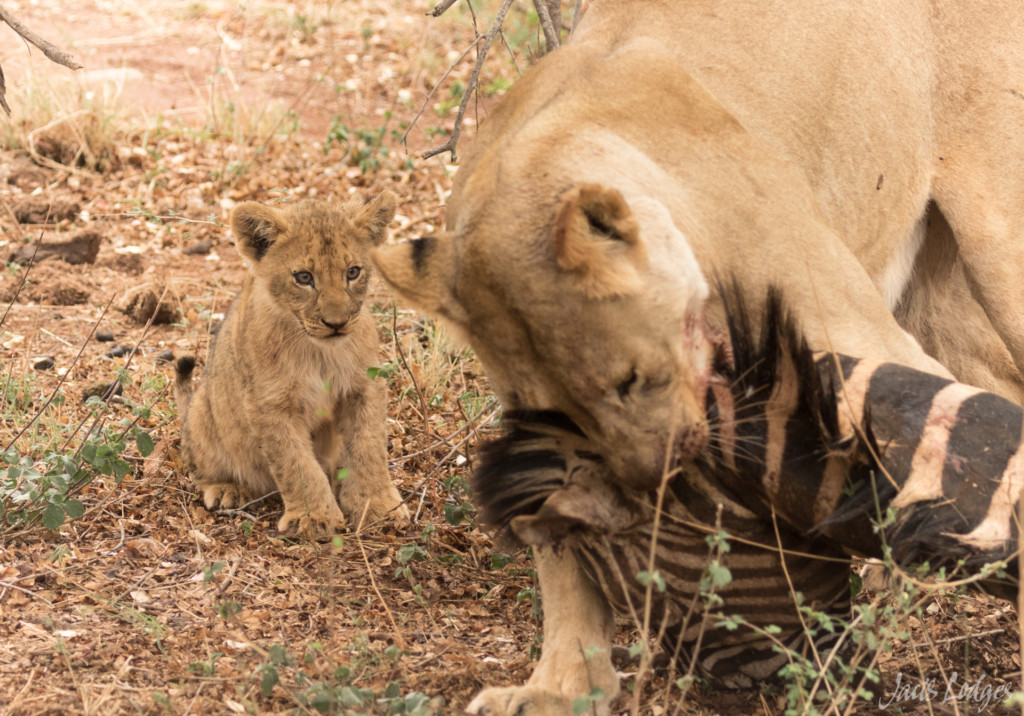
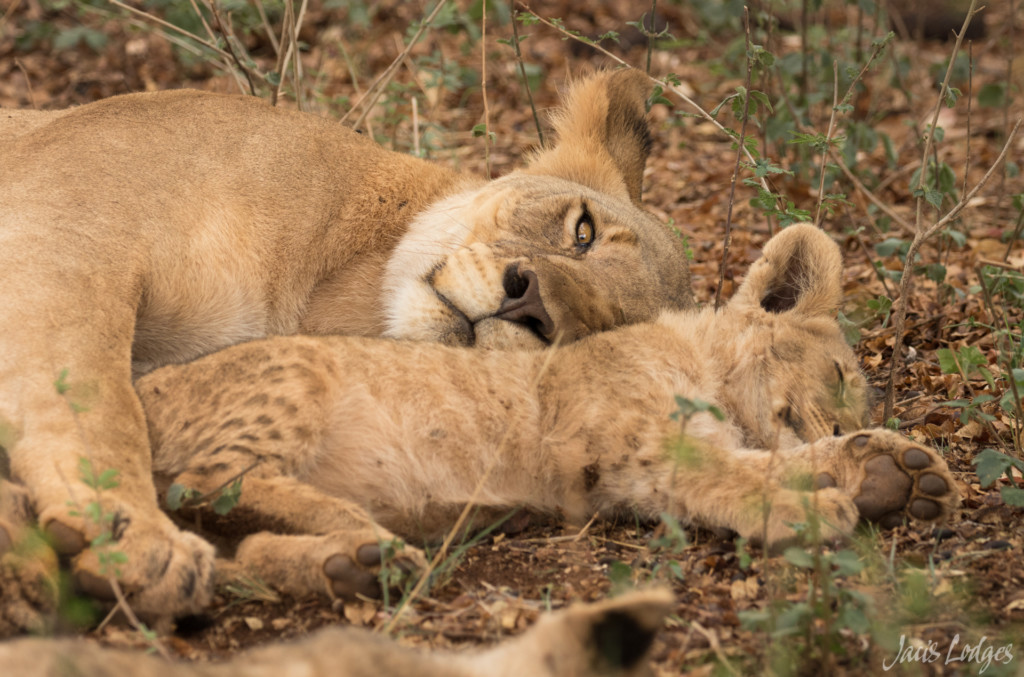
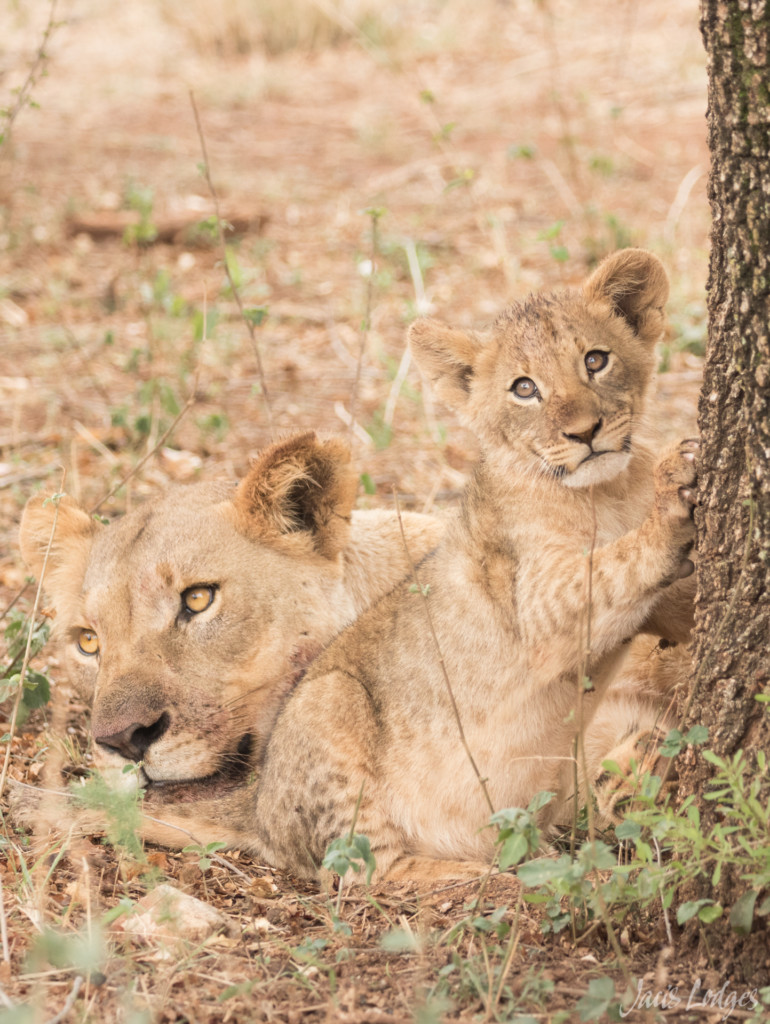
Images by Stephanie Goemans
Credits:
Bianca Lambourn
Damien Fourie
Stephanie Goemans
